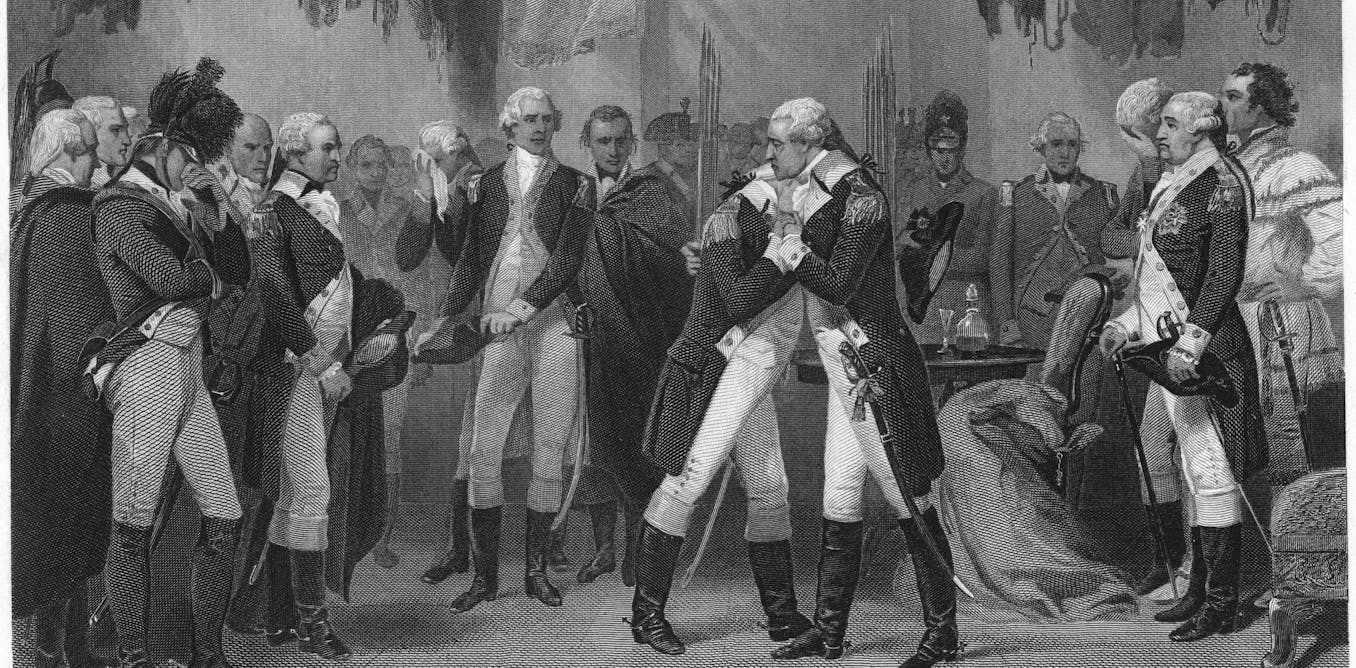Secretary Hegseth Unveils Sweeping Military Culture Overhaul, Sparks Debate
Secretary Hegseth Unveils Sweeping Military Culture Overhaul, Sparks Debate

Secretary of Defense Pete Hegseth has ignited a significant debate within the U.S. military after delivering ten new directives aimed at reshaping its culture during an address at Quantico, Virginia, on September 30, 2025. Hegseth, speaking to hundreds of generals and admirals, declared his intent to strip away what he termed “woke garbage” and restore a “warrior ethos” he believes has been diluted.
Central to Hegseth’s vision, outlined in his address, are specific mandates regarding physical appearance and conduct. He was unequivocal about physical fitness, stating, “It’s completely unacceptable to see fat generals and admirals in the halls of the Pentagon.” He also targeted grooming standards, proclaiming, “No more beardos… The era of rampant and ridiculous shaving profiles is done.” These directives align with his previously stated views, including those in his 2024 book, “The War on Warriors,” where he linked the inclusion of women in combat roles to a diminished military lethality.
The directives have drawn immediate comparison to historical military leadership, particularly the principles of George Washington. While Washington, the nation’s first commander in chief, might have concurred with Hegseth’s stance on facial hair – viewing beards as signs of slovenliness and a lack of inner discipline – his reasons were rooted in promoting outward neatness as a reflection of self-command and moral order, rather than a specific “warrior ethos.”
However, Washington’s broader vision of a military leader diverges sharply from Hegseth’s. The Continental Army commander famously entrusted crucial roles to officers like Gen. Henry Knox, who weighed around 280 pounds, demonstrating that physical girth was not a disqualifier for command. Washington prioritized prudence, judgment, and moral constraint over what he might have perceived as performative toughness or bravado. His “warrior ethos” was fundamentally moral, emphasizing self-command, discipline, and the preservation of liberty above personal glory, seeing the army as an instrument of the republic rather than a caste apart.
In essence, Washington’s ideal leader was more statesman than warrior, valuing composure, patience, and foresight over fury or recklessness. This contrasts directly with the “loud, performative” ethos Hegseth advocates, highlighting a fundamental philosophical rift in what constitutes effective military leadership.
Disclaimer: This content is aggregated from public sources online. Please verify information independently. If you believe your rights have been infringed, contact us for removal.